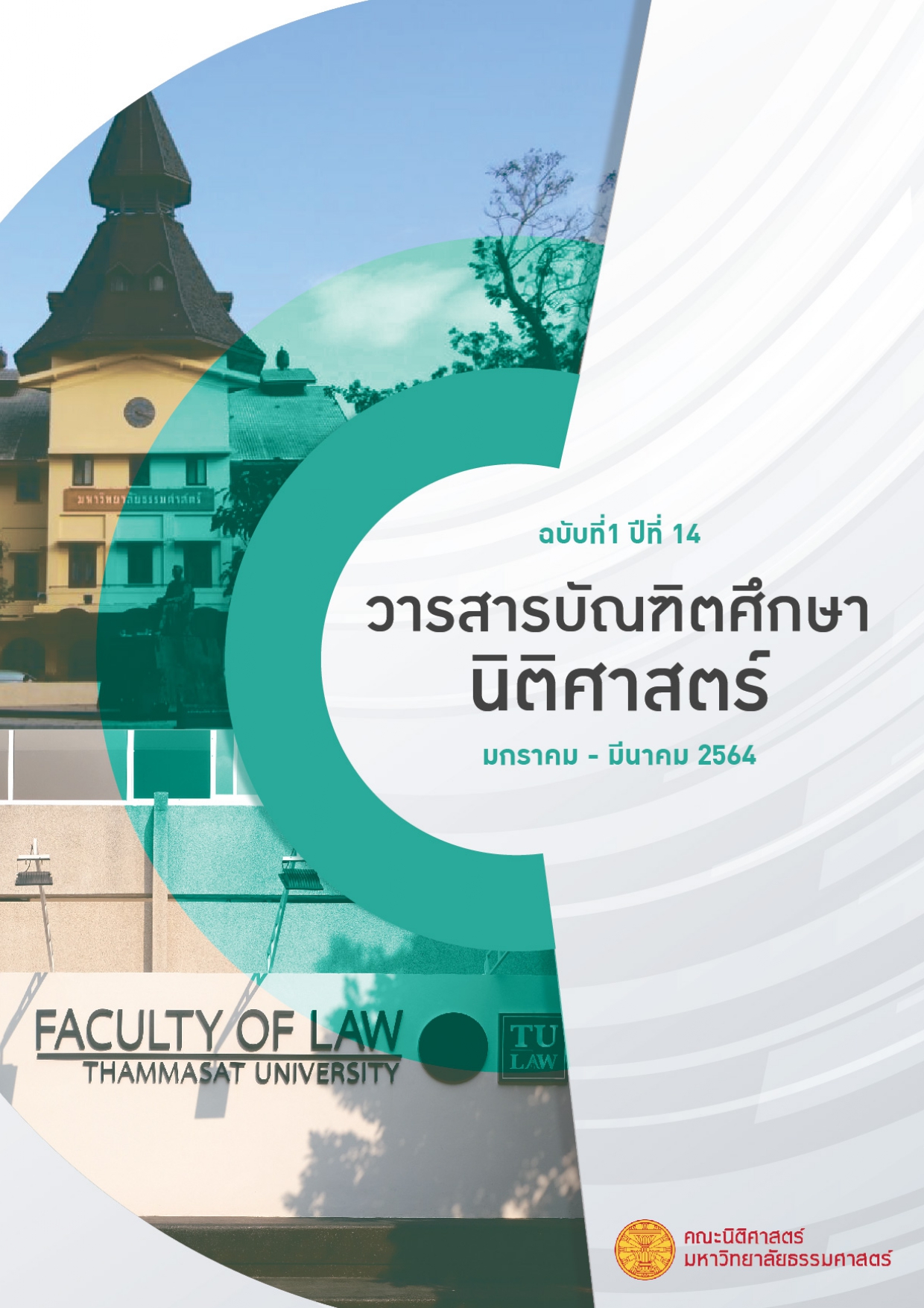LAGAL MEASURS FOR ALIEN SPECIES MANAGEMENT
Main Article Content
Abstract
Invasive alien species are considered to be an important environmental problem which affects the ecosystem and the biodiversity of vernacular species, as well as the health of humans, animals and plants. At present, Thailand has more than 3,500 alien species, partly due to the intentional import for agricultural use such as pet or ornamental flowers. Some of them were imported by mistake such as from vehicle, freight transportation or ballast water of the boat. From the study found that there are so many Thai laws relating to the management of alien species. These laws are scattered according to the responsibilities of different departments. Also, each law is specific in different types of alien species and management objective. Hence, Thailand does not have specific laws on the direct management of alien species resulting in the lack of a unified and standardized principle for managing alien species. Due to the situation, the author has recommendation for systematically managing alien species by issuing specific laws on the alien species management. This will result in a set of standard for the treatment of alien species by using the Office of Natural Resources and Environment Policy and Planning as a central organization for managing and coordinating with various sectors with specific expertise, including the import and transit of alien species into any project, business or operation that submit an Environmental Impact Assessment, modifying the definition of alien species to include genetically modified organisms and organisms resulting from the breeding of new species. In order to manage alien species efficiently and cover all cases as much as possible, any concerned parties should use a permit system to protect alien species and categorize the alien species in order of importance to enable an appropriate law enforcement for each species listed which results in systematic procedure and more efficient management of alien species.
Article Details
บทความหรือข้อความคิดเห็นใด ๆ ที่ปรากฏในวารสารบัณฑิตศึกษานิติศาสตร์เป็นวรรณกรรมของผู้เขียนโดยเฉพาะคณะนิติศาสตร์ มหาวิทยาลัยธรรมศาสตร์ และบรรณาธิการไม่จำเป็นต้องเห็นด้วย


